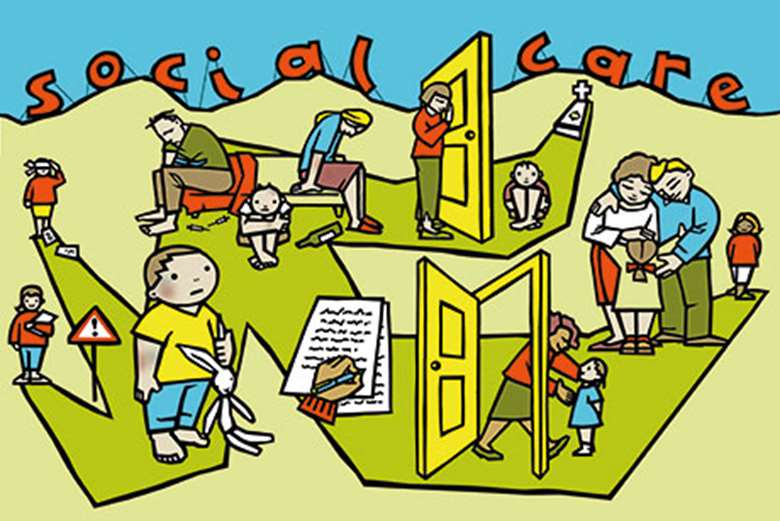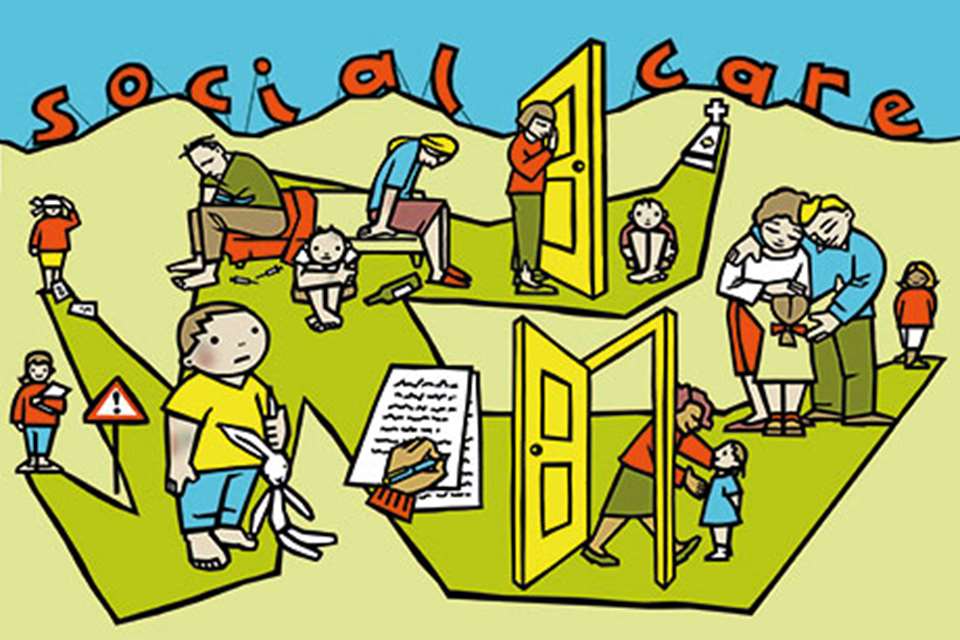Safeguarding, Part 2: The EYFS - Be curious
Rachel Buckler
Monday, August 6, 2018
How does the EYFS best support children in need of protection, and what happens in practice? Rachel Buckler, trainer and consultant, reports

- [asset_library_tag 1785,Download the pdf]
Safeguarding has always been at the heart of the Early Years Foundation Stage. Under the 2012 version, the renamed Safeguarding and Welfare Requirements were further developed to capture themes from the serious case review that followed abuse at the Little Teds Nursery in Plymouth. The current framework, revised in 2017, builds upon this: supervisions should include discussions about ‘child protection concerns’, while early years providers must respond to signs of female genital mutilation.
While this is a legal framework, it also places early years staff in the best possible position to recognise and respond to vulnerable children in order to help and protect them.
First through the door
According to the recently published Vulnerability Report 2018 by the Children’s Commissioner, there are ‘over two million children in England living in families with substantial complex needs’. What is more concerning is the recognition that of these children, 1.6 million have ‘no established, recognised form of additional support’.
Many of them, aged five and under, are living with adults who experience the ‘toxic trio’ of substance abuse, poor mental health and domestic abuse or violence. Early years staff can be their only means of support. This may involve intervening as a single agency, identifying a need for targeted services through early help assessment, or alerting statutory services in order for them to undertake their legal duties to support and protect children.
There are at least four specific features within the EYFS enabling effective safeguarding practices to take place:
The role of the key person provides distinct opportunities to ensure a ‘settled relationship for the child and build a relationship with their parents’. Recognising abuse can be difficult for practitioners from any discipline, but early years staff are often first to see the child. Key people know their children well. They will notice signs such as changes in behaviour or withdrawal and aggression, or if the child becomes timid and afraid in the presence of an adult.
The regularity and frequency of being in contact with a child and their parents enables staff to consider the child’s ‘lived experience’. This is particularly relevant when considering children who are exposed to neglect. To observe a child coming into a setting frequently displaying poor hygiene, wearing inappropriate clothing, gorging on food or displaying a lack of positive interactions with parents can be the start of identifying patterns that determine the detrimental effect of neglect.
Early years practitioners have extensive knowledge of child development. Best practice will consider how staff use the Progress Check at Two or other opportunities to closely monitor a child’s well-being. They will engage with parents and seek advice and information from others such as health professionals to establish a way of putting appropriate interventions into place to make sure that children are meeting those milestones. Partnerships with other professionals can include a variety of multi-agency collaborations. Early years practitioners will sometimes initiate an early help assessment given their wealth of knowledge of the child and a family situation. The increase in the number of early years professionals becoming the ‘lead professional’ in this process is a positive move towards the sector taking its rightful place in leading practice.
The strong emphasis on partnerships with parents in early years is necessary for us to determine the extent to which a child’s needs are being met and whether they are safe. I acknowledge from my own experience that working with parents can be extremely difficult, particularly when abuse is taking place. The EYFS tells us that we should respond if we ‘suspect neglect or abuse outside of the setting’. This can be difficult to determine and to act upon. When considering serious case reviews such as those on Daniel Pelka and Liam Fee, where child abuse perpetrated by parents led to their deaths, we can learn a number of things. Daniel was aged almost five when he died. He went to school and was seen regularly by staff. Liam, aged two and a half, was known to a childminder and a nursery. The lack of ‘professional curiosity’ is noted in both reviews. While professionals working with them were concerned about their well-being, it is evident that more could have been done to challenge explanations from parents about their physical injuries, and for Daniel’s extreme loss of weight in a very short period of time.
Professional curiosity
To apply professional curiosity is something that we read about in a number of recently published serious case reviews. It is a way of communicating with a parent or carer in order to establish what could be happening to a child, to determine what is occurring and to not accept explanations if they seem suspicious or implausible. The obstacles for practitioners when applying professional curiosity can involve:
- lack of practitioner confidence to challenge
- fear of getting it wrong
- consequences of offending the adult and damaging the relationship between the provider and parent
- fear of reprisal.
It is of utmost importance to keep the child at the centre of all we do when making professional judgements. The revised Government guidance Working Together to Safeguard Children(July 2018) puts this into perspective, stating that the child-centred approach to safeguarding is not only ‘fundamental’ to all processes but ‘keeps the child in focus when making decisions about their lives and working in partnerships with them and their families’. This has to be the driver for all that we do when protecting children.
The good news is that for many children, working effectively and successfully with parents provides us with the opportunities to influence change and achieve positive results for children in regards to their well-being. I speak often with practitioners who share stories of how they support parents to better understand and meet children’s physical and emotional needs. They frequently prevent an adverse situation from getting worse. I know that without their support, many children’s health and development would be significantly under threat.
CASE STUDY: LIAM FEE
Liam was aged two and a half when he was murdered by his mother and her civil partner in Fife, Scotland in March 2014. Rachel and Nyomi Fee were jailed for 23 and 24 years respectively. The Significant Case Review launched after his death spoke of pathologists finding more than 30 injuries, including fractures to an arm and leg. He died from heart injuries similar to those found on road crash victims after a severe blunt force trauma to his chest and abdomen. This was at a time when social care had begun to work with the family and after several attempts by the childminder to alert social care to her concerns. Some of the main points of the review were criticisms of social care and its ‘lack of professional curiosity’.
Dr Jaqueline Mok, the writer of the review, also said the parents were ‘manipulative and devious’ and used ‘disguised compliance’ – accepting offers of help but not following up – as a means to play one professional against another. Unfortunately, poor responses from social care to the childminder when she tried on a number of occasions to alert them to her concerns of physical abuse towards Liam resulted in her giving up.
The review clearly notes that ‘explanations provided by the mother and her partner were, at times, accepted without challenge’, and also says ‘two important opportunities for assessment and intervention were missed’ – assessments which could have potentially supported concerns from the childminder about Liam.
The report criticises the fact that existing information available to social care about Liam was not considered in decision-making processes. It concluded there was a lack of understanding of roles and responsibilities of other agencies working with Liam.
- See the rest of this series on safeguarding here






